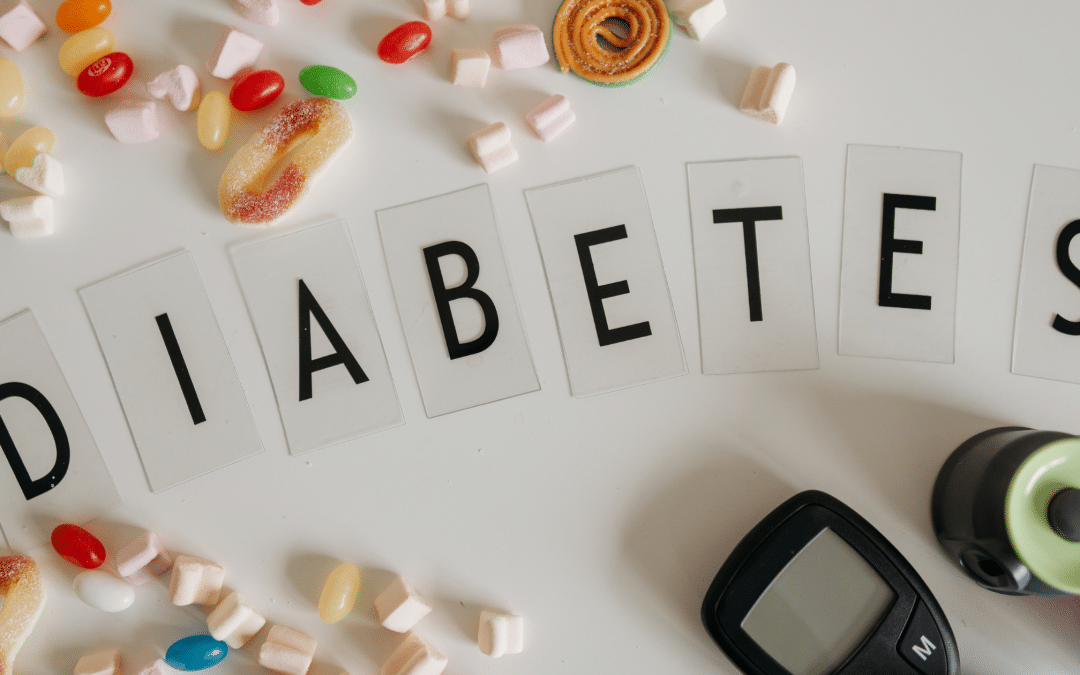Diabetes: The Silent Killer – Everything You Need to Know for a Healthier Life

“You don’t see it coming. You don’t hear it roar. Yet, it quietly changes the rhythm of your body… and life.”
A Hidden Storm in the Body
Diabetes doesn’t knock loudly. It sneaks in quietly, often masquerading as fatigue, blurry vision, or an extra trip to the bathroom. But behind the scenes, it’s slowly reprogramming the body’s systems, reshaping energy usage, and if left unmanaged—rewriting your future. It’s not just a “sugar problem.” It’s a full-body metabolic upheaval.

Today, more than 537 million people globally are living with diabetes—many unaware of the ticking time bomb inside them. This isn’t just a health issue—it’s a global wake-up call.
What Exactly is Diabetes?
At its core, diabetes is a chronic disease that occurs when the body cannot effectively regulate blood sugar (glucose)—either due to lack of insulin or the body’s resistance to it. Insulin is the hormone responsible for helping glucose enter your cells for energy.
There are three major types of diabetes:
1. Type 1 Diabetes – Autoimmune in nature. The body attacks insulin-producing cells in the pancreas. Usually diagnosed in childhood, it requires lifelong insulin therapy.
2. Type 2 Diabetes – The most common form. The body becomes resistant to insulin or doesn’t produce enough. Strongly linked to lifestyle, diet, and genetics.
3. Gestational Diabetes – Occurs during pregnancy. While temporary, it increases the mother and baby’s risk of developing Type 2 diabetes later.

Why Is It Called the “Silent Killer”?
Because symptoms often creep in slowly—or not at all—until complications become life-threatening. Some warning signs include:
Frequent urination
Excessive thirst
Blurry vision
Unexplained weight loss
Numbness in hands or feet
Fatigue
Slow-healing wounds
Many brush off these signs as stress or aging—until it’s too late.
What Diabetes Does to Your Body (Beyond Sugar)
Unchecked diabetes can wreak havoc far beyond sugar levels:
Heart disease & stroke: Diabetics are 2-4x more likely to develop cardiovascular issues.
Kidney damage (Nephropathy): Leading cause of kidney failure.
Vision loss (Retinopathy): Damage to blood vessels in the eyes can lead to blindness.
Nerve damage (Neuropathy): Causes pain, tingling, and even limb amputation.
Alzheimer’s Disease: Dubbed “Type 3 diabetes” by some researchers due to its links with insulin resistance in the brain.
How Lifestyle Can Be Your Lifeline
Here’s the empowering part: Type 2 diabetes is largely preventable and manageable.
1. Nutrition: Fuel, Not Poison
Your plate can be your medicine or your slow poison. Focus on:
Low-glycemic index foods (slow sugar release): oats, lentils, leafy greens
High fiber: Helps regulate glucose absorption
Healthy fats: Avocados, nuts, seeds, olive oil
Lean proteins: Eggs, legumes, tofu, fish
Limit refined carbs & sugars: White bread, soda, pastries
💡 Pro Tip: The more colorful your plate (with veggies, not food dye), the more protective nutrients you get.
2. Exercise: Move Your Glucose
30 minutes of moderate activity (brisk walking, dancing, swimming) 5 days a week increases insulin sensitivity, lowers blood sugar, and boosts mood.
💪 Resistance training (weights, bodyweight exercises) also builds muscle, which burns glucose more efficiently.
3. Sleep: The Unsung Guardian
Poor sleep increases insulin resistance and hunger hormones. Aim for 7–8 hours of quality sleep. Create a relaxing bedtime ritual—your pancreas will thank you.
4. Stress Management: Taming the Hormonal Wildfire
Chronic stress spikes cortisol, which increases blood sugar. Practices like meditation, journaling, breathing exercises, and gratitude can drastically reduce this effect.
5. Regular Checkups: Data is Power
Get your HbA1c levels checked regularly—this reveals your average blood sugar over the last 2–3 months. Early detection = better management.
The Global Crisis – But Also a Global Opportunity
Developing countries are now seeing a rise in diabetes, even among youth. Sedentary lifestyles, processed foods, and stress are globalizing the problem. But equally, we are globalizing awareness, innovation, and action.
Breakthroughs like Continuous Glucose Monitoring (CGM), smart insulin pens, AI-driven diet plans, and metabolic reprogramming therapies are changing the game. But lifestyle still remains the strongest weapon.
You Are Not Your Diagnosis
If you or a loved one is living with diabetes, remember this: You are not broken. You are bio-intelligent. With knowledge, action, and support, diabetes can become a chapter in your story—not the whole book.
Final Takeaways
Diabetes is manageable. Early prevention is powerful.
Small daily decisions stack up into massive health wins.
Don’t wait for symptoms. Be proactive, not reactive.
Your body speaks in whispers before it screams. Listen.






